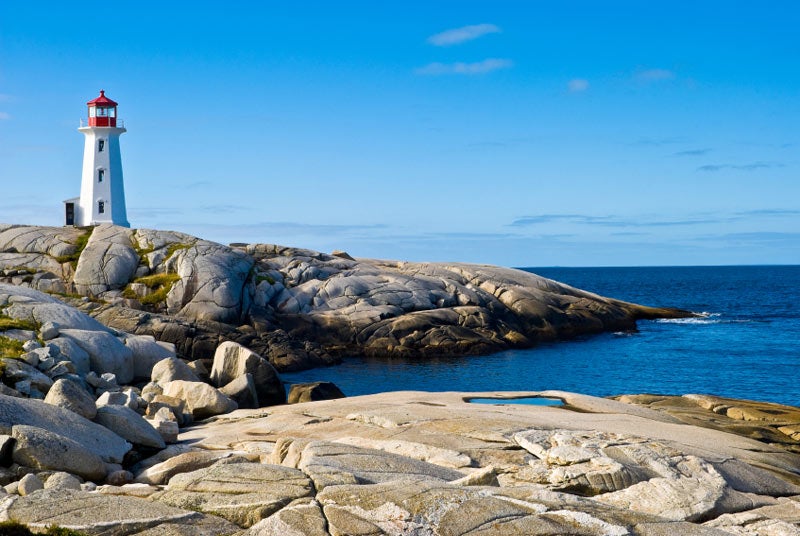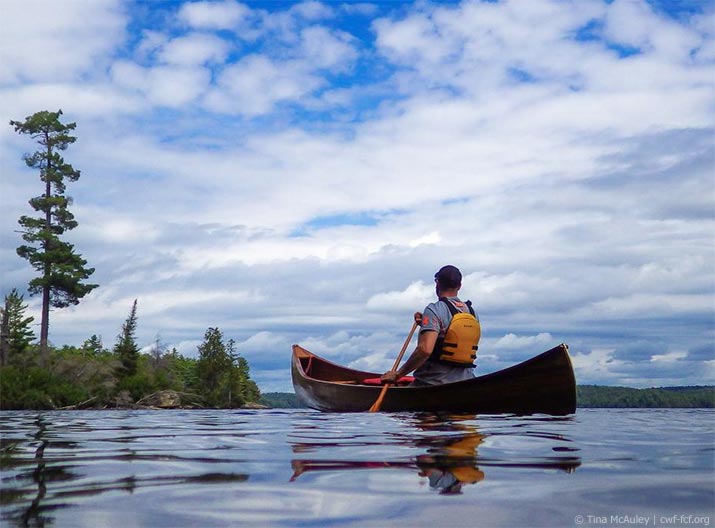Jun 8, 2017
This story is a little fishy.
It begins in the Sargasso Sea near Bermuda. It may come to a dramatic end 5000 km away in the Ottawa River.  This is the story of a female American Eel, a unique fish species that can grow up to one meter long. Let’s call her Elly. She was born in the Atlantic Ocean but lives the majority of her life in Canadian fresh waters. In fact, she spends about 25 years in the Ottawa River until she reaches maturity and is ready to breed. She is happiest at the bottom of the river, foraging on small aquatic organisms such as crustaceans, small fish and insects- especially crayfish, yum! She’s nocturnal so she eats at night, using her keen sense of smell to find food. But she can’t sense the dangers in her path – like dams and hydro-electric turbines. And she’s not alone. The other female eels living in the river are in extreme danger too.
This is the story of a female American Eel, a unique fish species that can grow up to one meter long. Let’s call her Elly. She was born in the Atlantic Ocean but lives the majority of her life in Canadian fresh waters. In fact, she spends about 25 years in the Ottawa River until she reaches maturity and is ready to breed. She is happiest at the bottom of the river, foraging on small aquatic organisms such as crustaceans, small fish and insects- especially crayfish, yum! She’s nocturnal so she eats at night, using her keen sense of smell to find food. But she can’t sense the dangers in her path – like dams and hydro-electric turbines. And she’s not alone. The other female eels living in the river are in extreme danger too.
Risky Business
The American Eel once made up half of all the fish in the Ottawa River. But hydro dams took a dramatic toll over the past century.
The number of fish migrating from the Ottawa River has dropped dramatically. Over a quarter million eels once made the epic migration from the Ottawa River through the St. Lawrence River and back to the Sargasso Sea each year. Now, they likely number in the mere thousands- a decline of 99 per cent! The species was listed as endangered in Ontario. Eel fishing were cancelled. But the species did not recover.
Quite simply and sadly, young American Eel (called elvers) are blocked by dams from reaching most of their habitat. Those that do manage to find their way around dams and grow to become adults are often chopped up in hydro power turbines when they try to return to the ocean to spawn.
But we have an opportunity to change the ending of this story, and help provide this fascinating fish safe passage between freshwaters and its spawning grounds.
A Slippery Slope
The Canadian Wildlife Federation is helping lead efforts to save the American Eel. And since one eel can lay up to twenty million eggs at a time, every success story has the potential to make a massive difference.
CWF has helped set up small temporary eel ladders to see if juvenile eels are attempting to migrate upstream at such an early stage of development. If juvenile eels slither their way through our ladders and right into the live trap, they will then get tagged and released to continue on with their journey, with our researchers following close behind.
CWF and partners in conservation have called on the provincial and federal governments to stop delaying action to help the eels.
Solutions may include installing permanent ladders or shutting down turbines during peak migration. CWF is working with partners to mitigate the risks, and is thankful for the efforts of groups like Energy Ottawa for helping with conservation efforts. Energy Ottawa is installing an eel ladder at Chaudière Falls to help elvers migrate past this dam. And to help adults like Elly make it safely back to the ocean, they are installing a screen in front of some of their turbines, with safe bypass channels above and beside the screen. There is much more work to be done, but we can work together to restore this once abundant and amazing species.
Just Keep Swimming
As for the hero of our story, Elly the Eel, her fate is unknown. She will probably try to make her way back to the sea this fall. In the meantime, she just keeps swimming around searching for food, growing bigger and stronger. She can absorb oxygen through her skin as well as her gills, which allows her to travel briefly over wet grass or mud. As she’s matured she’s changed colours from a yellowish- brown to silver with a creamy belly. She can cover her body with a mucous layer making her almost impossible to hold. But we’re hoping you won’t let her slip away, and will support our efforts for successful migration. The survival of the species may depend on it. Visit HelptheEels.ca for more information.
- 0
- 1


